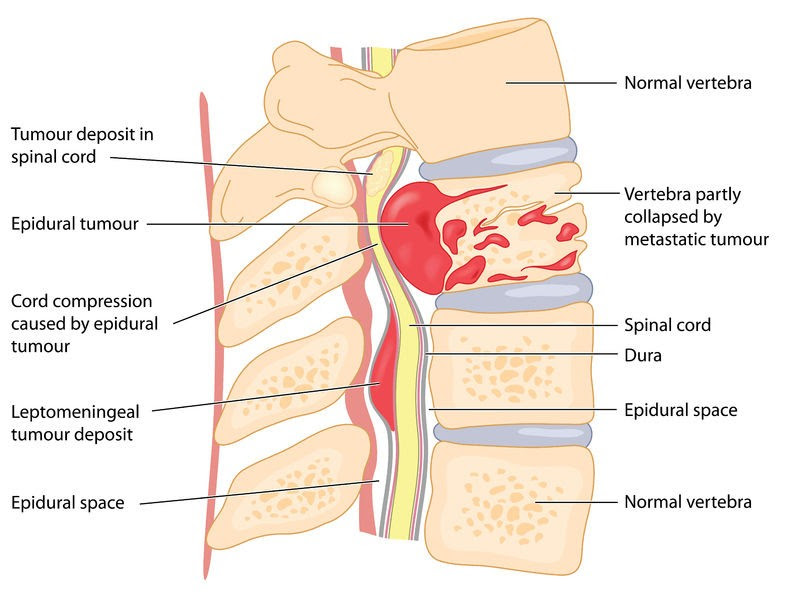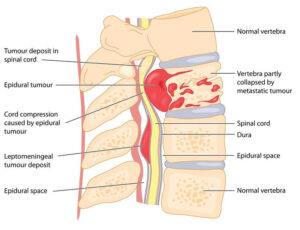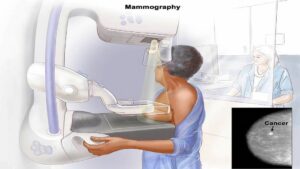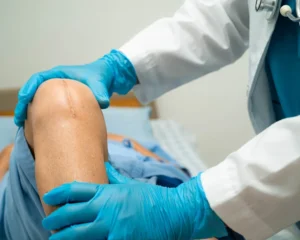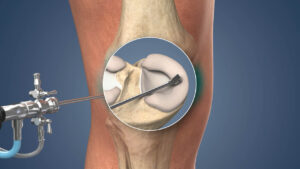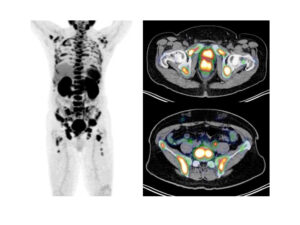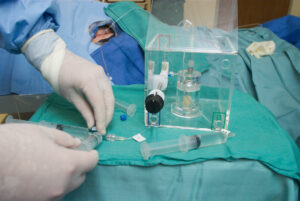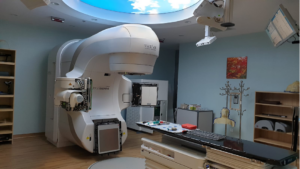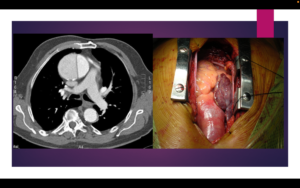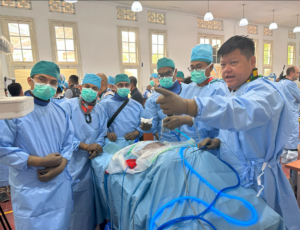What is cancer of the spine?
Cancer can affect the spine bone (vertebra) just like any other tissue in the body.
How does cancer of the spine happen?
This cancer can originate from the vertebra itself (primary) or can spread to the spine from other parts of the body (secondary). Such secondary cancers, called metastases, are far more common. Sometimes, cancers can originate from the bone marrow of the spine. These include multiple myeloma, leukemia, lymphoma etc.
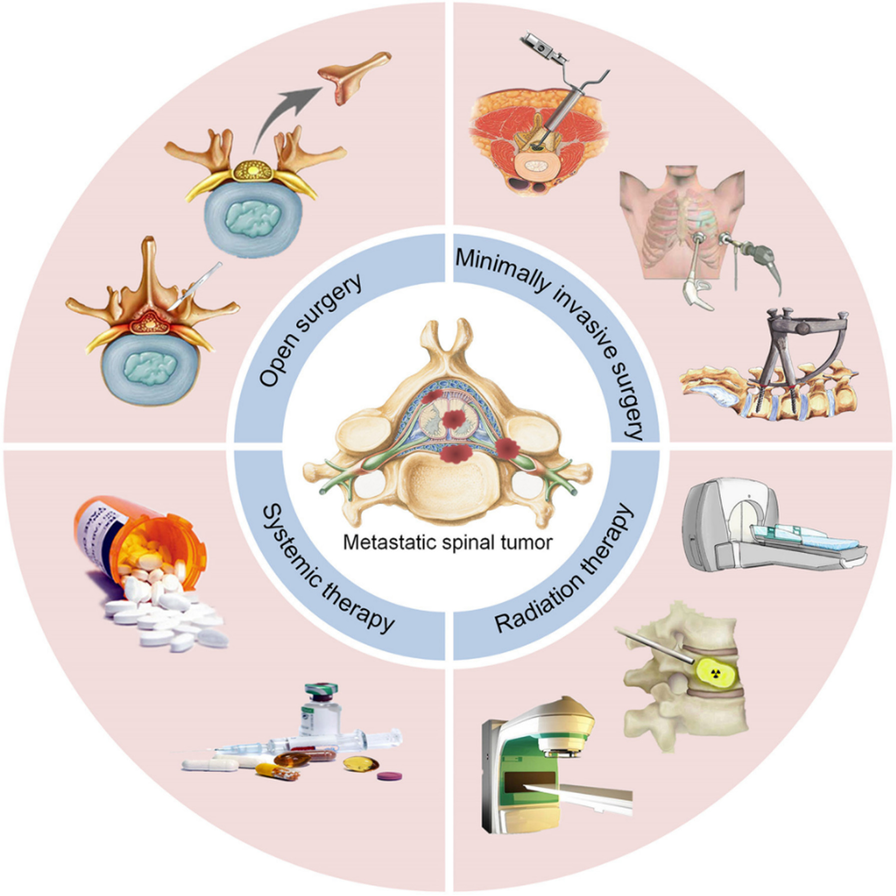
What is spinal metastasis?
These are cancers that have spread to the spine from other parts of the body. The common origins are breast, lung, kidney, prostate and thyroid. Cancer from other sites can also spread to the spine.
How do I know that I have cancer of the spine?
These are usually detected incidentally, that is, they are noticed by chance on investigations such as x-rays done for other reasons. People who are already having cancers are at risk of cancer spreading to the spine, especially if they are not responding to treatment.
What are the symptoms?
Some patients have no symptoms. Others can have back pain or pain down the nerve of the arm or leg. In severe cases, the pain can be excruciating, and the patient may be confined to the bed or wheelchair. If the nerves are severely compressed, the patient may become paralysed or lose control over their bladder and bowel.
What tests are needed?
X-rays are the usual first step. PET-CT scans are a useful screening test for the entire body. MRI scans with a contrast dye can help give more detailed information if cancer is confined to a particular area.
What do we do once cancer is seen in the spine?
Once cancer is spotted in the spine, there is usually a sequence of tests. MRI scan with contrast of that area is mandatory. CT scan of the chest, abdomen and pelvis is the next step. A PET-CT is nowadays replacing this. Blood tests with cancer markers can help, but can take a long time for the results. A positive cancer marker means a patient is more likely to have cancer.
How do I know what type of cancer is?
The most accurate way is to take a sample of the cancer tissue and put it through a series of tests with dyes. This can be done using a needle usually. Nowadays, molecular markers on the cancer cells can give very accurate information on prognosis and help guide treatment.
What is the role of surgery?
Surgery on the spine becomes useful if there is a fracture or compression of the nerve. Surgery on the bone that is so weakened by the cancer that the patient is unable to sit or stand due to pain will help to reduce the cancer load so other treatment modalities can be more effective. Sometimes, getting a bone sample will require surgery.
What types of surgery are available?
The procedures range from cement injection into the fractured bone (vertebroplasty, kyphoplasty) to fixation of weakened segments of the spine. Nowadays, removing the entire cancerous bone (corpectomy) is not done. Instead, separation surgery, which is less invasive and less risky can be done. This is possible due to advances in radiotherapy.
Is it possible to cure cancer of the spine?
If it is confined to one bone and if it is detected in the early stage, it is possible. It is also largely dependent on what type of cancer it is. Advances in other modalities of treatment are also making this possible.
What other modalities are available?
Radiotherapy, chemotherapy are the other standard treatment modalities. Radiotherapy has advanced to where the x-ray beam can be focussed accurately on the cancer tissue while sparing other normal tissue. Newer modalities such as Proton Beam Therapy are also allowing us to treat and cure some cancers. Chemotherapy agents can now be customised to each cancer tissue. Immunotherapy is another promising field.
Who is the best doctor to treat my cancer?
Cancer treatment nowadays is a teamwork with various specialists bringing in their expertise and experience. Surgeons, radiation oncologists, medical oncologists are all part of this team. We work together as a multi-disciplinary team to provide the best outcome for the patient.

